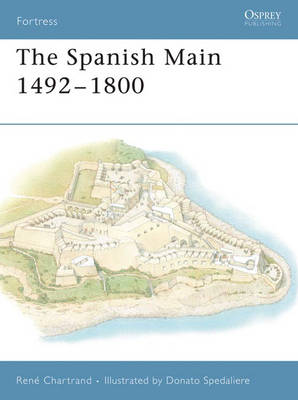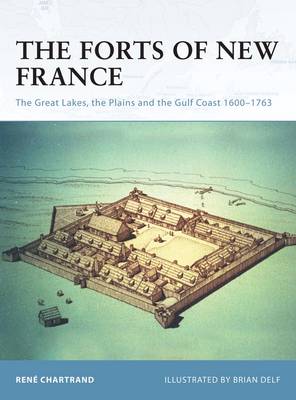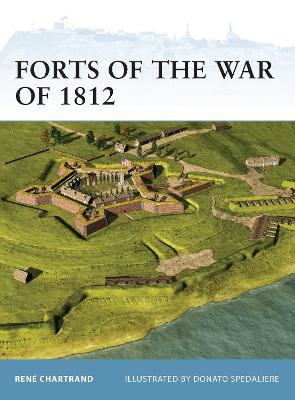Fortress
5 primary works • 7 total works
Book 27
Book 49
Book 93
Book 106
Book 110
New France consisted of the area colonized and ruled by France in North America from the 16th to the 18th century. At its peak in the early 18th century its territory was huge, stretching from Newfoundland to the Gulf of Mexico. This title reviews the lengthy chain of forts built to guard the French frontier in the American northeast from the province of Quebec through New York State to Pennsylvania and Indiana. Among the sites examined are forts Chambly, St. Frederic (Crown Point), Carillon (Ticonderoga), Duquesne (Pittsburgh, PA), Ouiatenon (Quebec) and Vincennes (IN).
These forts, some of them well-preserved and popular tourist destinations, ranged from large and elaborate, stone-built structures with classic, Vauban-style elements, to little more than cabins surrounded by stockades. Some, such as Chambly, looked more like medieval castles in their earliest forms. Formerly Senior Curator with National Historic Sites of Canada, historian Rene Chartrand examines the different fort-types and the French military technology that went into their construction, and describes the strategic vision that led to their construction, their part in the conflicts with the British colonies in the east and the Indian nations of the interior, and their effect on trade.






